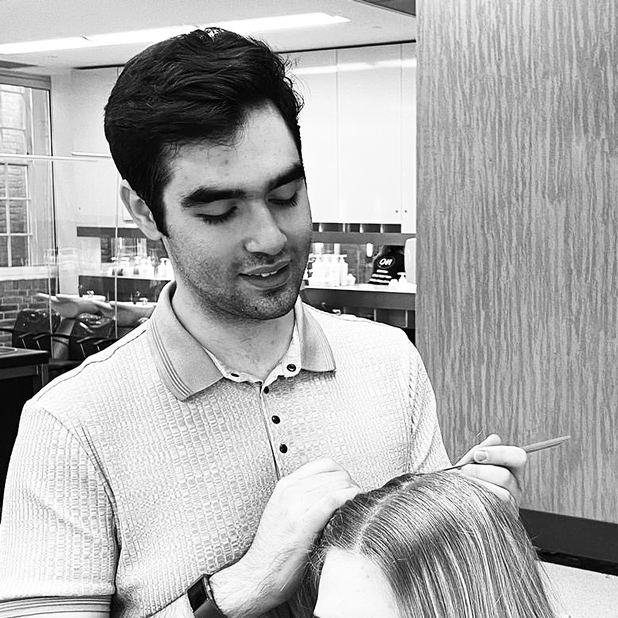
More recently, however, further investigations suggest that the leftward span is larger than previously believed (e.g., Binder et al., 1999 Rayner et al., 2009 Apel et al., 2012 Jordan et al., 2013Jordan et al.,, 2016, and may actually extend at least 12 characters to the left of fixation (Jordan et al., 2013 (Jordan et al.,, 2016. Using this technique, numerous studies have proposed that the perceptual span for skilled reading of English, and other alphabetic systems read from left to right, is asymmetrical, and extends around 14 characters to the right of fixation but no more than 3-4 characters to the left, and certainly no further than the beginning of the fixated word (e.g., Rayner, 1975, 1976 Rayner et al., 1980Rayner et al.,, 1982Underwood and McConkie, 1985). Consequently, it is now sensible to consider that the extent of the perceptual span may be more broadly symmetrical to the left and right of fixation, and that information from both these areas contributes to normal reading performance. More recently, however, further investigations suggest that the leftward span is larger than previously believed (e.g., Binder et al., 1999 Rayner et al., 2009 Apel et al., 2012 Jordan et al., 2013 Jordan et al.,, 2016, and may actually extend at least 12 characters to the left of fixation (Jordan et al., 2013(Jordan et al.,, 2016. Some of the implications of these findings for reading are discussed.

These findings suggest that key aspects of reading are influenced by information acquired during each fixational pause from much further leftward than is usually assumed. In both experiments, relative to completely normal text, reading performance was impaired when each type of letter replacement was up to 2 words to the left of fixated words but letter replacements further from fixation produced no impairment.

The proximity of corrupted text to the left of fixation was maintained at 1, 2, 3, or 4 words from the left boundary of each fixated word. Each boundary corresponded to the leftmost edge of each word so that, as each sentence was read, the normal letter content of text to the left of each fixated word was corrupted by letter replacements that were either visually similar or visually dissimilar to the originals.

Accordingly, 2 experiments were conducted to examine the influence of text located to the left of fixation during each fixational pause using an eye-tracking paradigm in which invisible boundaries were created in sentence displays. However, this leftward extent is strikingly small and seems inconsistent with other aspects of reading performance and with the general horizontal symmetry of visual input. When reading from left to right, useful information acquired during each fixational pause is widely assumed to extend 14 to 15 characters to the right of fixation but just 3 to 4 characters to the left, and certainly no further than the beginning of the fixated word.


 0 kommentar(er)
0 kommentar(er)
